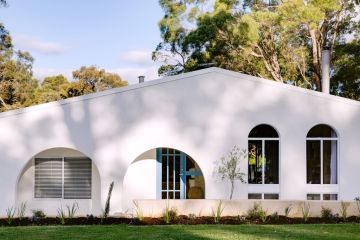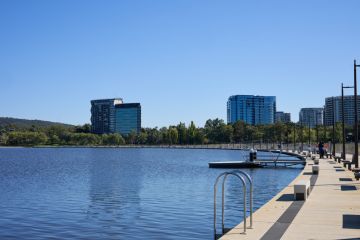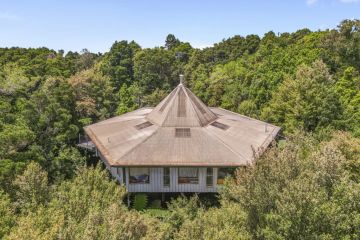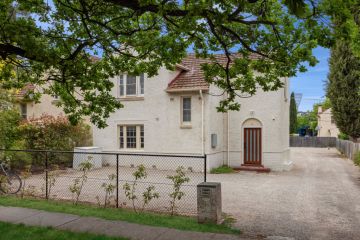Finding a season-proof home

Some homes are comfortable in the summer months, but cold and dreary in winter. Others are warm and toasty in winter, but hot and stuffy in the summer. The perfect home is comfortable in hot weather and when it’s cold. How can you find such a house without living in it first? If you know where to look, you can get a fair idea of what’s in store for you.
Passive home design
Passive home design is a relatively new phrase, but the concept is much older. It implies that a home that does not rely on heating, air conditioning or other active systems to stay at a comfortable temperature. The original passive design may have been the deciduous tree planted next to the house. In summer, the tree’s foliage shaded the house from the hot sun. In winter, the leaves fell and the winter sun could warm the house.
Before you start house hunting, learn the principles of passive solar heating to get an idea of what to look for. Basically, you’re looking for a house that allows sunlight to enter the house in winter, but not in summer. Ideally, the daytime living areas should have a northerly aspect to take advantage of the sun. While you may want the winter sun to enter the home through windows in the winter, eaves, awnings or other shade devices should block the midday summer sun.
Ventilation is another important part of passive home design. Good cross ventilation will keep the home’s interior cooler in summer. Does the house you’re inspecting have windows facing the prevailing breezes? Are there windows on the opposite side of the house that can expel hot air?
Insulation
Good insulation will make the difference between a season-proof home and a home that will only be comfortable when the weather is perfect. If you can’t view the ceiling or wall insulation, ask about it. Both the walls and the ceiling should be insulated against heat and cold. Under-floor insulation is also important if cold air can enter the house through the floorboards.
Aside from insulation products, such as bulk or reflective insulation, houses can be insulated in other ways. For example, if an exterior wall of a brick home faces the sun, the bricks will absorb heat during the day. The heat will transfer into the house throughout the evening, leaving it hot indoors long after the temperature outdoors has gone down. You might welcome that heat in winter, but won’t want it in the summer. Finding ways to minimise heat transfer through the walls is a form of seasonal insulation. A deciduous tree or vertical garden might be what you need.
Negotiating a sale
You probably won’t find an older home that employs passive design principles, but if you know the renovations you need to do to make the house more season-proof, you may be able to negotiate a lower price to make up some or all of the cost. Some costs may be minor, but insulating the walls of an existing house can be relatively expensive and if you need to install double glazed and/or low-e glass windows, these can be expensive, too.
Remember that when you buy a house, you have energy bills to pay as well as a mortgage. Find a season-proof house or a home that can be easily and inexpensively season-proofed and your budget will be healthier for it.
We recommend
States
Capital Cities
Capital Cities - Rentals
Popular Areas
Allhomes
More
- © 2025, CoStar Group Inc.







